An inconspicuous insect in the form of a fixed plaque on a pet at first seems harmless, but in fact, already at the moment of detection, it does great harm. The scale shield on indoor plants, the defeat of which can be seen in the photo, is a real disaster, with which you need to be able to fight and prevent its occurrence.
Content
Houseplants
The scabbard belongs to a huge family of half-winged insects. Out of the whole variety of species (more than 2 thousand), dozens prefer to parasitize on domestic plants.
Depending on the stage of development, they have different activity and vulnerability. These pests have adapted perfectly to life due to plants.
Parasite characterization
All types of the family on the body have protective wax shields that are different in shape, size and color, which are not part of their body (if compared with false shields). At home, scabies most prefer to feast on citrus, palm and bromeliad (orchid).
The female has an oval or rounded, flat, brown, reddish or almost black shield (color - a species feature, respectively, may be different), reaching a length of 5 mm. The body itself under the shield is white or pale brown, 1.5-2 mm long. Paws, wings, eyes, antennae absent. There is only a powerful piercing-sucking-type mouth apparatus.
Males are less overall. They are oblong, with a small shield, often white and pubescent, but there are light orange, reddish-gray, etc. There are no mouth organs, but there are eyes and well-formed limbs, as well as wings. They are mobile, even able to fly, but their life is short (several days), after mating they die.
Females live up to 4 months, they motionlessly cover offspring with themselves on the plant. Parthenogenesis is inherent in the insect (females reproduce without the participation of males). The eggs are extremely small - 0.1-0.3 mm, oval or oval-elongated, white, then light gray, and then light brown.
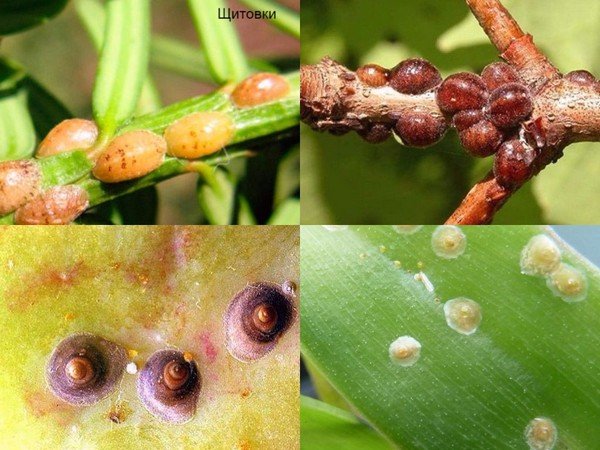
Young yellowish larvae up to 0.3 mm long are nicknamed vagabonds, as they search for food on their 3 pairs of legs quickly roaming the plant. Mostly they transform into females, fixing themselves in any convenient place, losing mobility and acquiring a wax shield.
Particularly active and gluttonous parasites in the winter, when plants are weakened and due to improper care, their metabolism is impaired.
External signs the presence of a pest
Spawning larvae after a few hours from the moment of hatching from the eggs begin to actively absorb plant sap, choosing mainly the lower part of the leaves. The presence of adults can be detected with the naked eye due to the presence of spots (plaques) on the trunks and leaves.
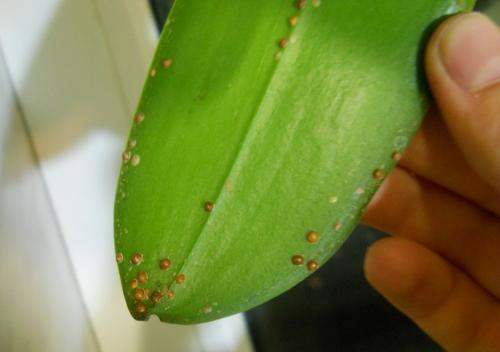
It is difficult to notice small young growth, but a magnifying glass will help to consider its active movement. If in time it was not possible to consider, then their presence will be indicated by a pad (sticky liquid). This is a convenient environment for the development of soot fungus. The overall result is drying, falling of leaves, dying off parts of the plant.
Where does the parasite in the house come from?
In the room, the scabbard is due to infected bought and donated plants, specimens dug out from the open ground and garden soil. Parasites are sometimes blown through the window by the wind.
Harmful parasite for indoor plants
The harm of the scale insect is that it sucks the plant cell sap. As a result of this activity, the leaves turn yellow or turn brown, curl up and fall off, the growth of the shoots stops, drying takes place, and then the death of the flowers.
How to deal with scale insects?
If a dangerous pest is detected, it is advisable to immediately isolate the plant and check all flowers located nearby. The choice of methods for further struggle depends on the degree of defeat.
Chemicals and processing rules
If it is not possible to get rid of the pest mechanically, then you have to use insecticides. It should be noted that females and their oviposition are well protected by shields, so it is unlikely to cope with them with a single treatment.
You can use such tools:
- Fitoverm has a biological origin, and therefore is not as dangerous to humans and domestic animals as some other chemicals. This insectoacaricide is an enteric-contact type of action. It is necessary to dissolve 2 ml of Fitoverm in 200 ml of water and spray the affected plant. For the desired result, 3-4 treatments should be enough with an interval of 5-8 days. In order to strengthen the plant, the use of Epina (growth stimulator) will be useful at the end of the procedure.
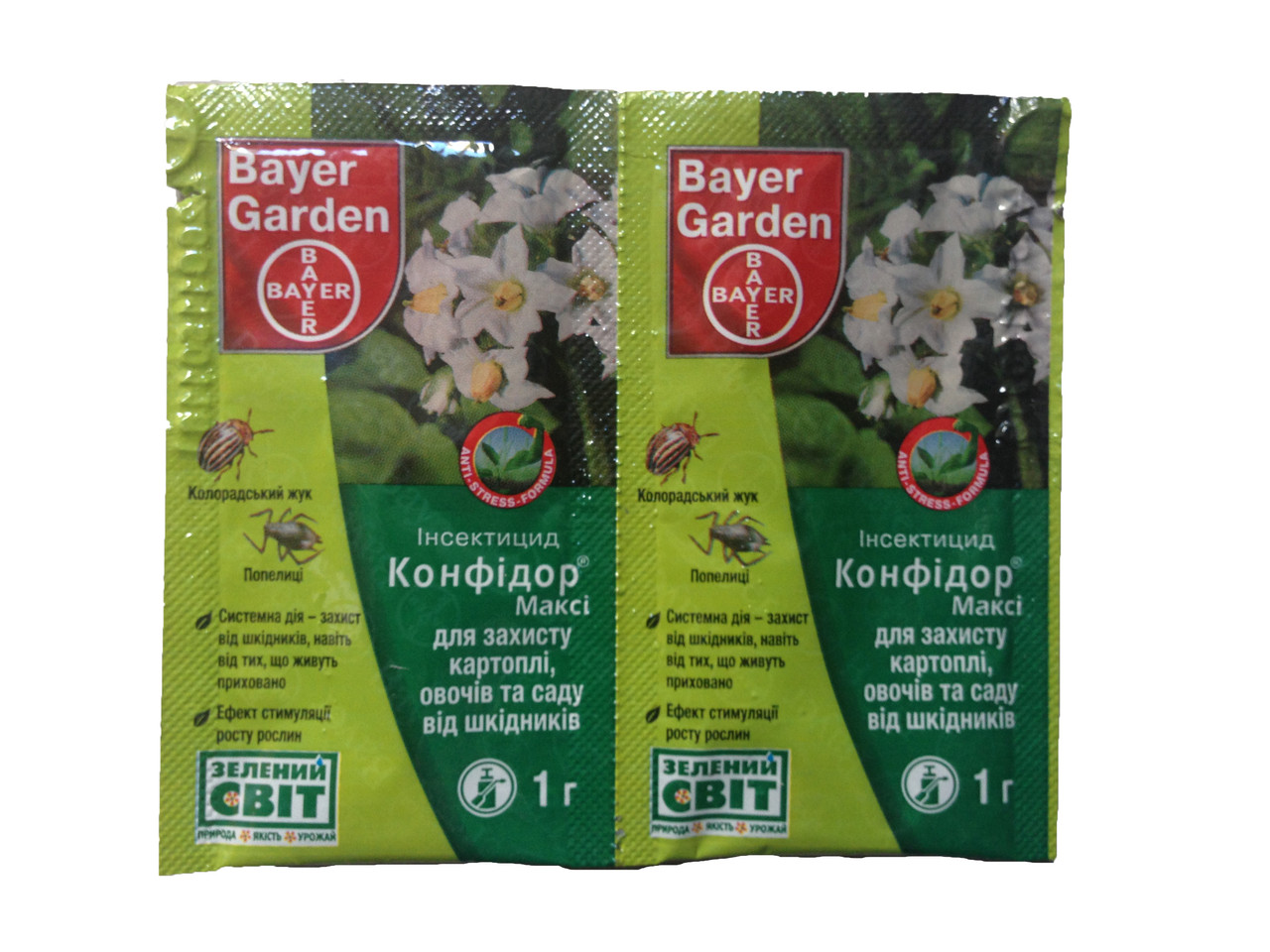 Confidor is a systemic and contact drug. Despite the effectiveness (affects pests 15-30 days) it is considered moderately dangerous for animals and humans. In 0.5 l of water, 1 g of Confidor should be dissolved (4 ml per 10 l), and then spray the plant and soil.
Confidor is a systemic and contact drug. Despite the effectiveness (affects pests 15-30 days) it is considered moderately dangerous for animals and humans. In 0.5 l of water, 1 g of Confidor should be dissolved (4 ml per 10 l), and then spray the plant and soil.- Aktara is an enteric-contact insecticide that, when sprayed on a sheet, acts effectively from 2 to 4 weeks. For spraying on the plant, a solution should be made of 1 g of the product and 1.25 liters of water (warm, at least 25 degrees), and for watering the soil - 1 g per 10 liters. Penetrates through the roots and blood vessels into the leaves, making them toxic to pests. The interval between 2-4 procedures is 10-12 days. So that the insect does not have addiction, this drug can be alternated with others.
- Actellik is a potent organophosphate insectoacaricide with a wide spectrum of action. Very toxic, helps out in a difficult situation. Enough 2-3 treatments (after 3 days). For 1 liter of water you will need 2 ml of the product.
In order to combat the scab, you can also use drops of Outpost, Advantix, which relieve pet dogs and cats of fleas, lice, and ixodid ticks. A small capsule needs to be diluted in 0.5 l, a large - in 1 l, then moisten the leaves on both sides, as well as the sinuses, stems, petioles and even the ground. A single treatment may be sufficient. If the defeat is large-scale, then you need to repeat everything after a week. Procedures are recommended to be carried out outdoors: on the street or on the balcony.
Alternative methods and prevention
The key to the success of the application of folk methods is careful processing. Their main advantage is environmental friendliness. Different means are popular:
- Soap solution.It is necessary to individually wipe all the leaves and stems with a cotton pad, sponge or soft bristles of an old toothbrush soaked in a solution of tar, laundry or green potash soap. It is advisable to cover the soil temporarily. After 2-4 hours, the foam should be washed off with hot water (up to 50 ° C). There is an opinion that such a solution clogs the pores and disrupts the photosynthesis of the plant.
- Vinegar. Dilute the product in water so that the solution becomes slightly acidic, and then wipe and spray the affected object.
- Tinctures of garlic, onions, hot peppers, tobacco. The crushed components are individually infused in 0.5 l of water (5 cloves of garlic - 1-2 days, 1 onion - 2-3 hours, 50 g of pepper - 1 day, 80 g of dried tobacco - 1 day), strained through cheesecloth and used for spraying or rubbing. Tobacco and pepper infusions are diluted in 1 liter of water.
- Oil (olive, sunflower, machine, nime). Beat 10-15 g of soap in a glass of water until foamy, mix 2 tbsp. sunflower and olive oil (or 15-20 ml machine oil), completely rinse the plant with the obtained liquid and rinse after 6-9 hours.
Neem oil is used as a biological product to combat many insects and, of course, scale insects. You just need to apply it to the cotton wool and treat all the organs of the plant. Some gardeners with experience assure that this procedure is effective. You can carry it out just for prevention.
- Kerosene. In a soap solution (40 g of soap and 1 liter of water) add 5 drops of kerosene and shake well, and then spray or wipe the habitat of the scale.
- Alcohol. As in the case of kerosene, add any alcohol, vodka to the soap solution (1 spoon of soap chips in 1 glass of water) and then dilute with water (300 ml). So that the flower does not burn, you need to rinse the product with warm water 10-15 minutes after treatment. Alcohol and kerosene can damage delicate plants.
Precisely prevention will help protect green pets. Preventive measures include:
- quarantine of new plants;
- washing hands before contact with the flower;
- hygiene of locations of flower containers;
- regular inspection, it is especially important to examine the lower part of the leaves (it is better to use a magnifying glass);
- airing and spraying;
- moderate watering;
- seasonal top dressing to strengthen plant immunity.
Transplanting a plant with shields is not recommended.
Common questions
Florists are trying to protect flowers from pests. When a scale shield appears, there is little time for reflection. Urgent measures must be taken, otherwise it will destroy everything. But first of all, you should know how to deal with it, what to use and how to prevent a dangerous invasion in the future.

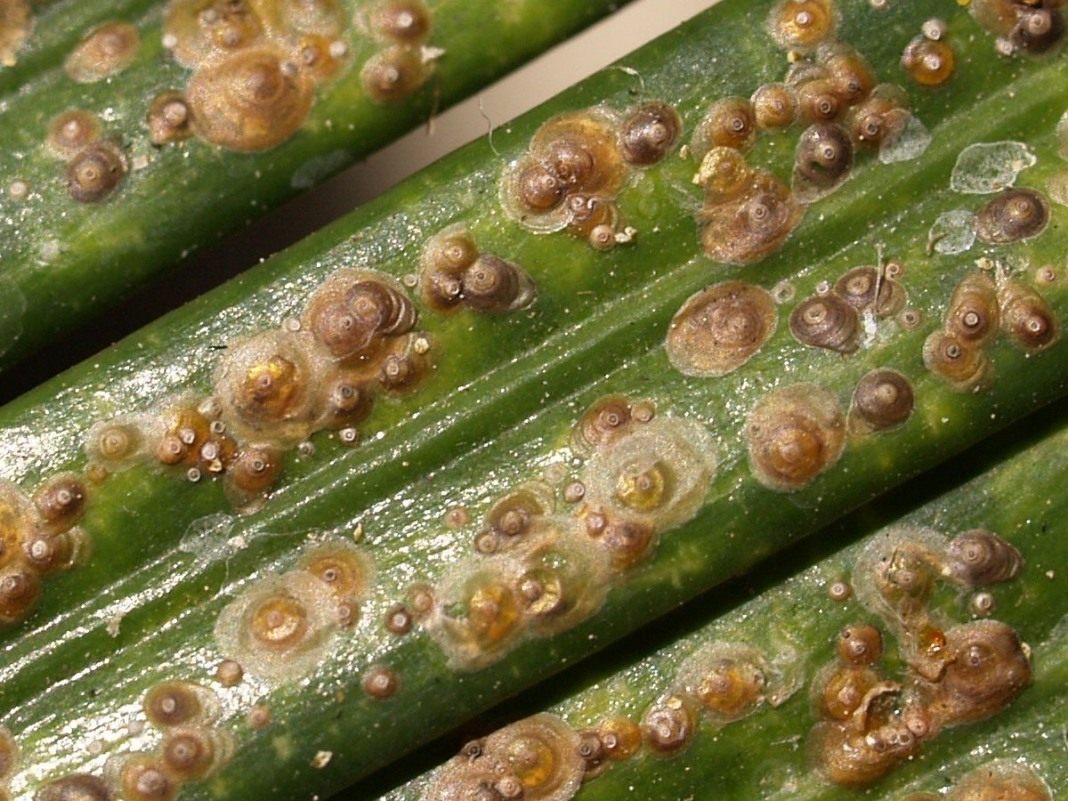
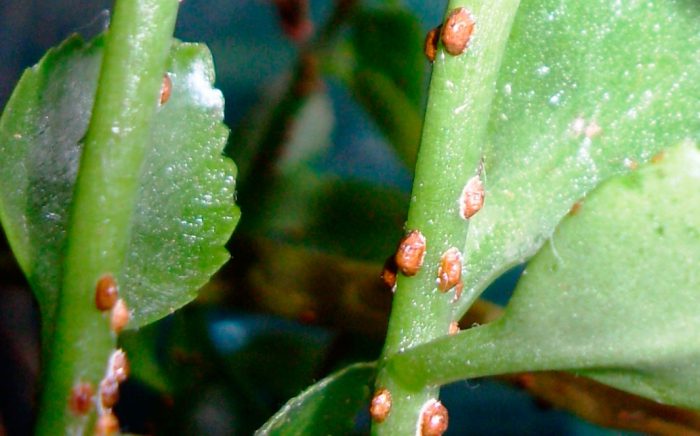
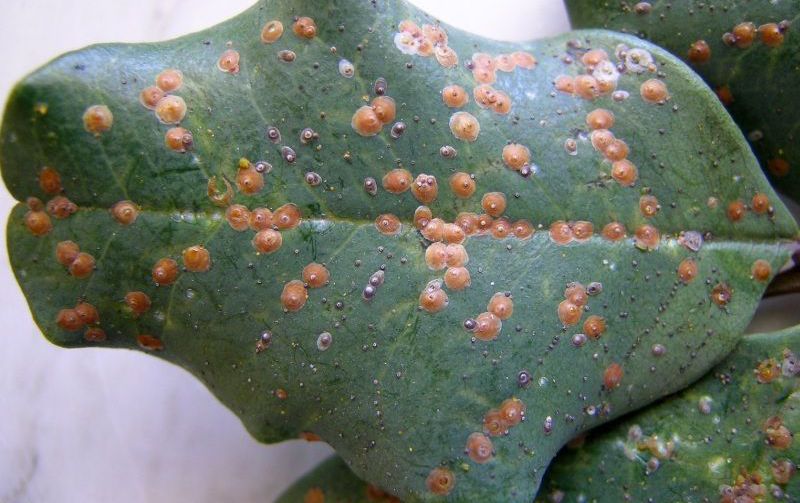
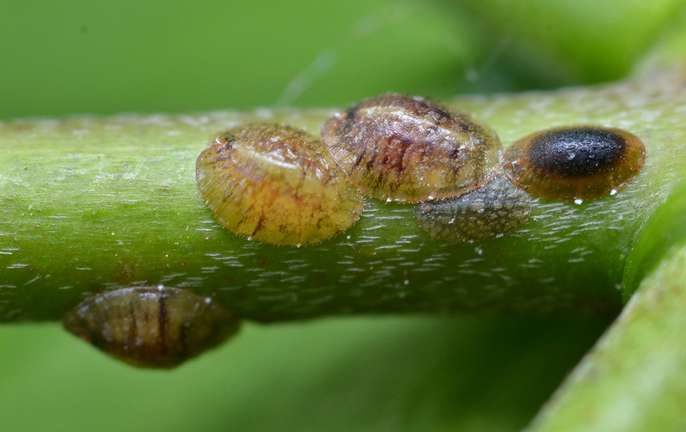
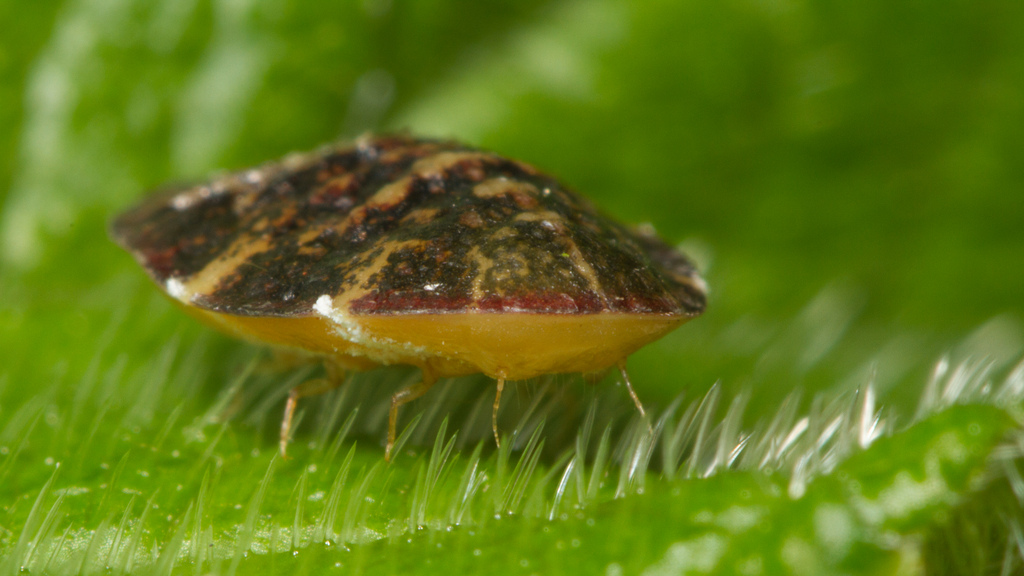
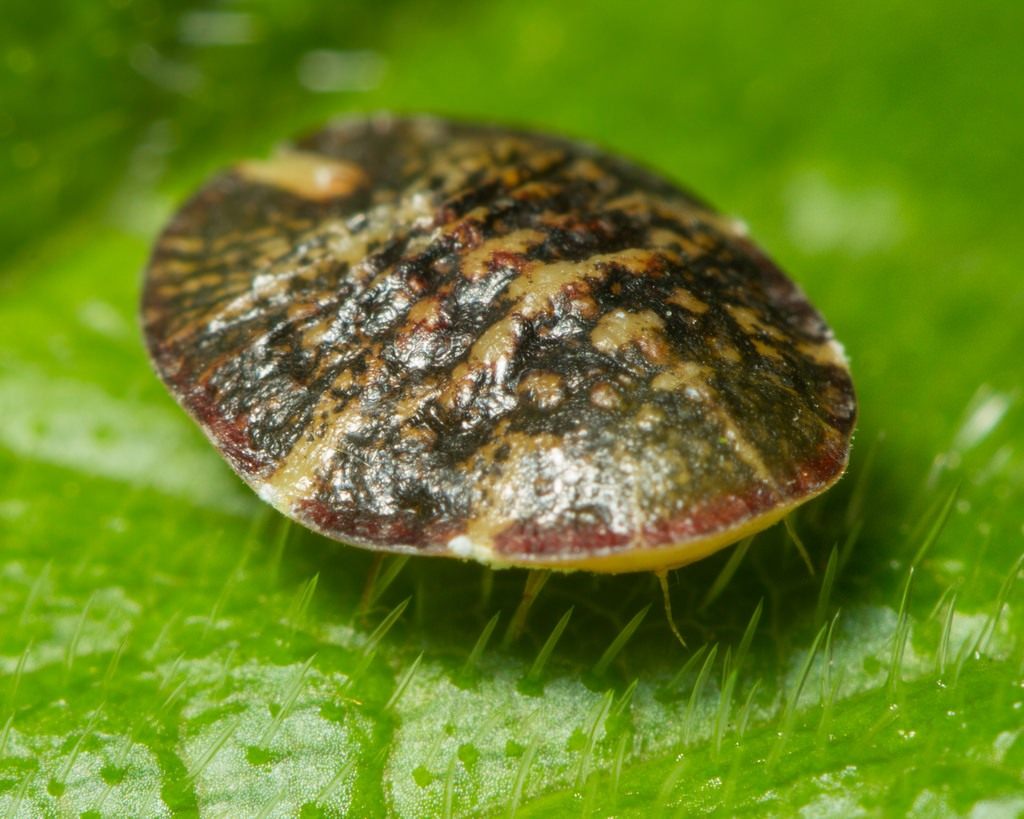
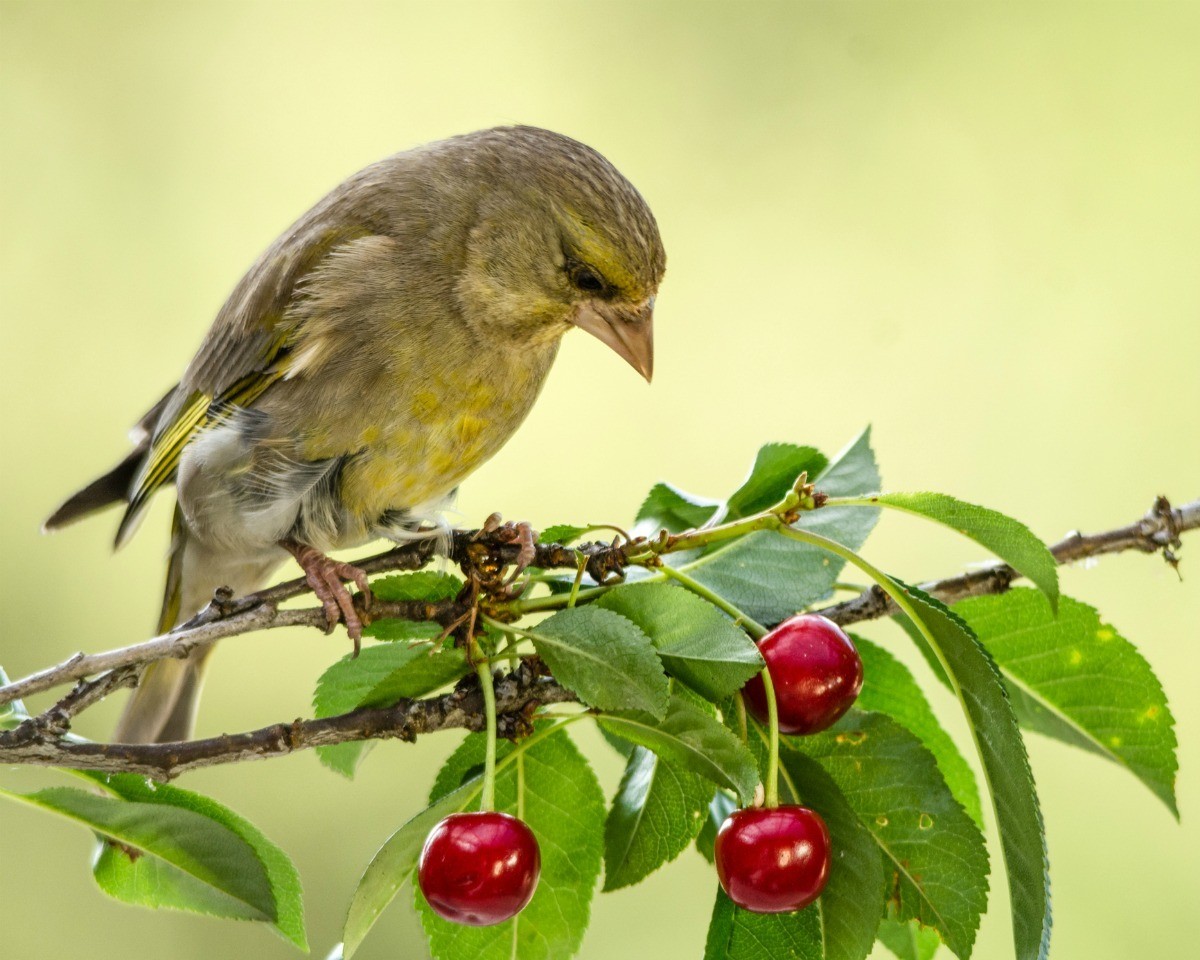
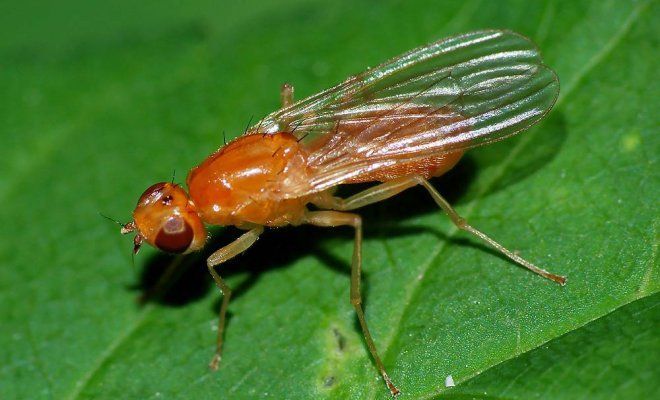
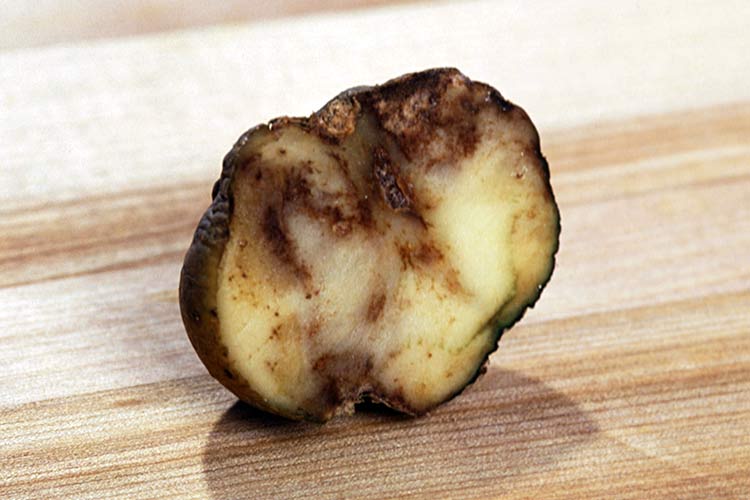
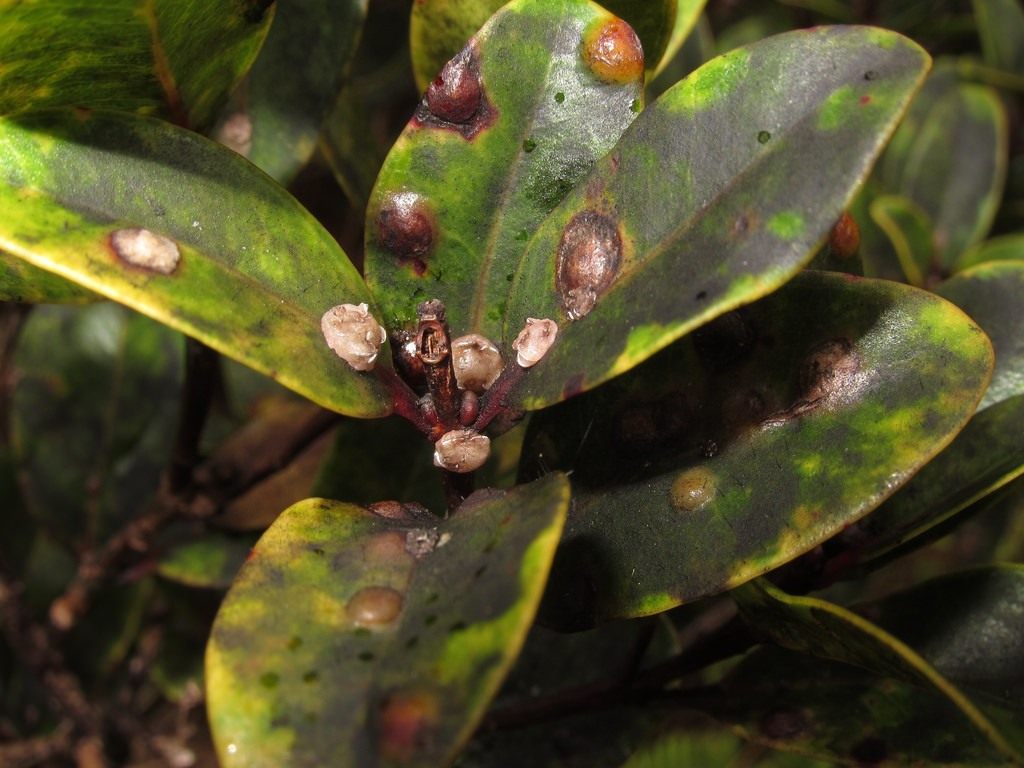
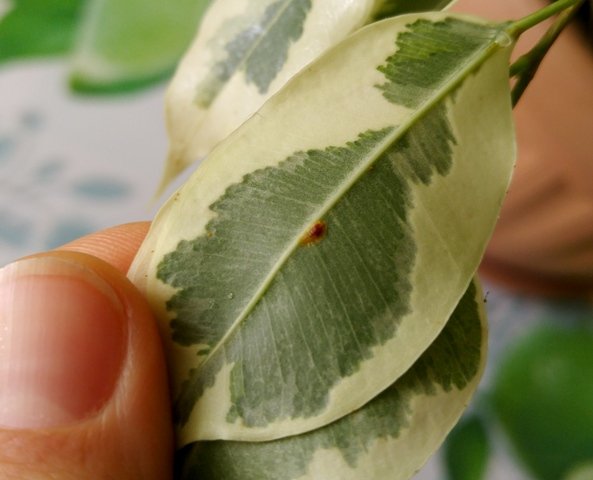
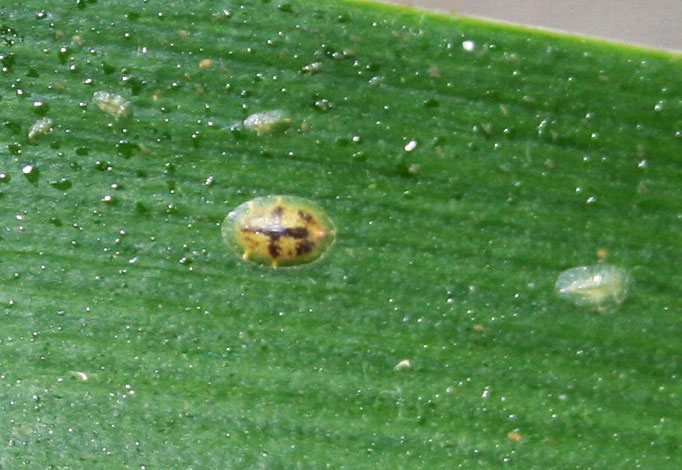
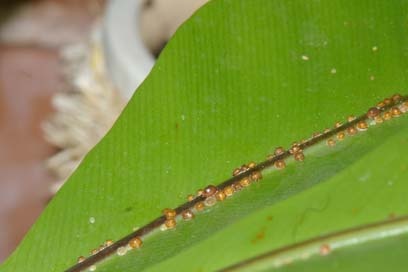
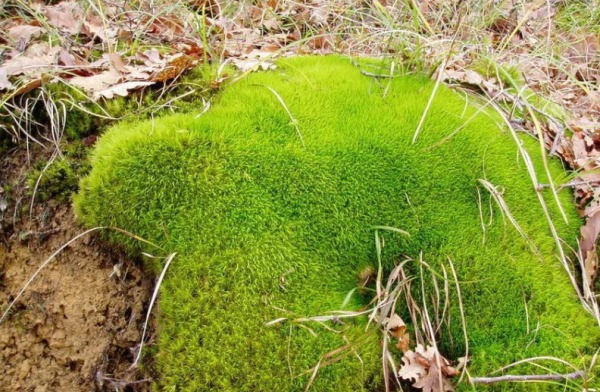 Where does moss come from in the garden and is it necessary to get rid of it?
Where does moss come from in the garden and is it necessary to get rid of it?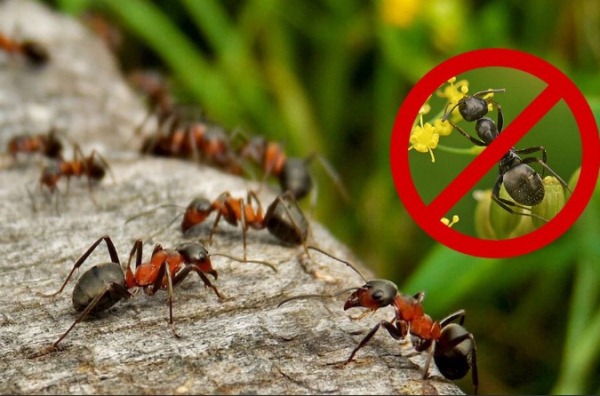 The most effective ways to deal with ants in the area
The most effective ways to deal with ants in the area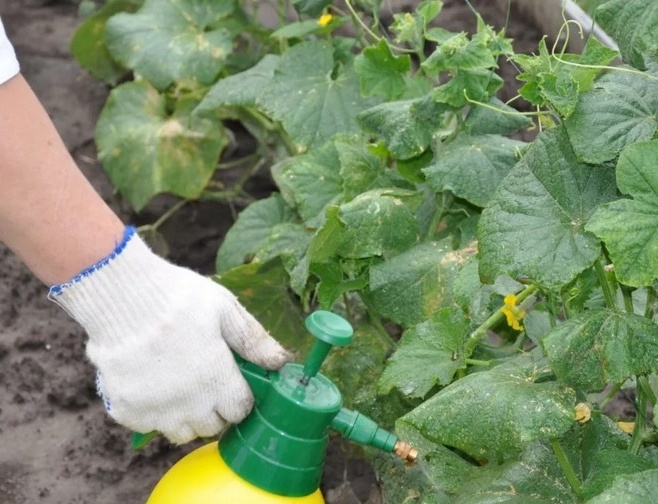 Cockchafer and Bear: An Easy Way to Save Plant Roots
Cockchafer and Bear: An Easy Way to Save Plant Roots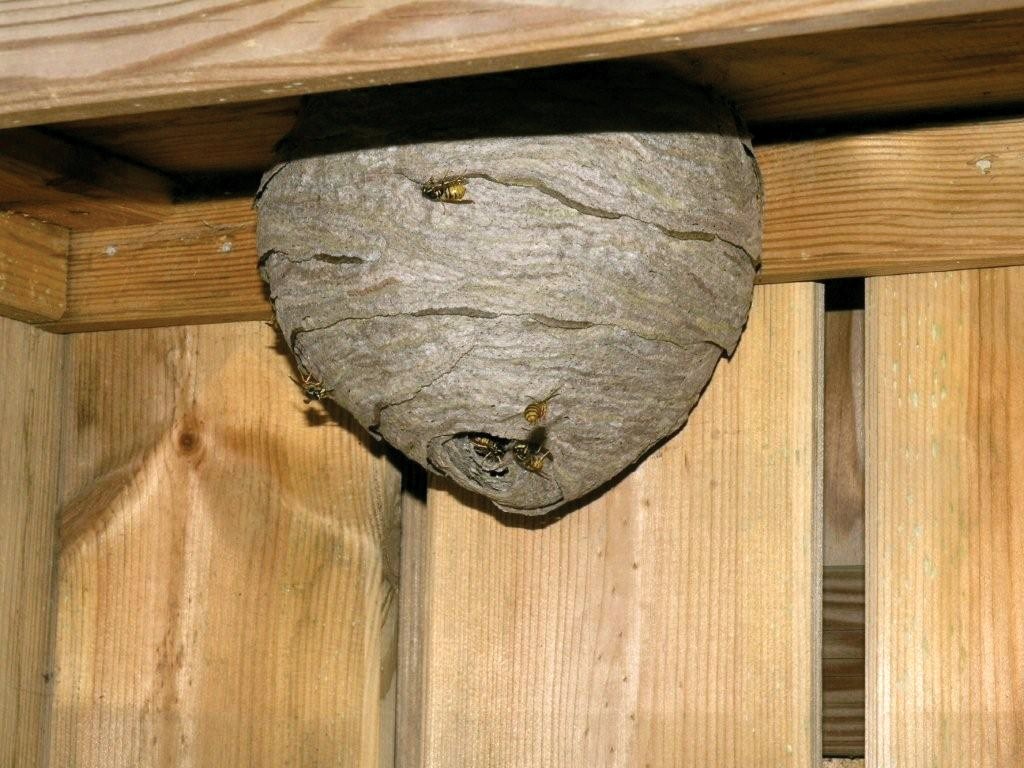 Get rid of the aspen nest quickly and safely.
Get rid of the aspen nest quickly and safely.